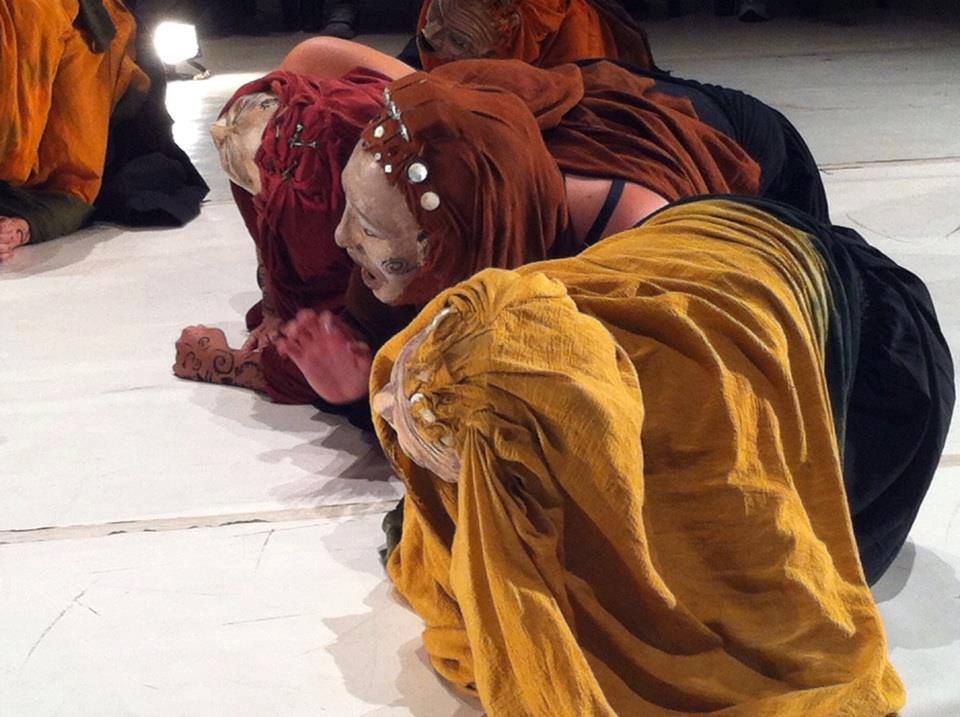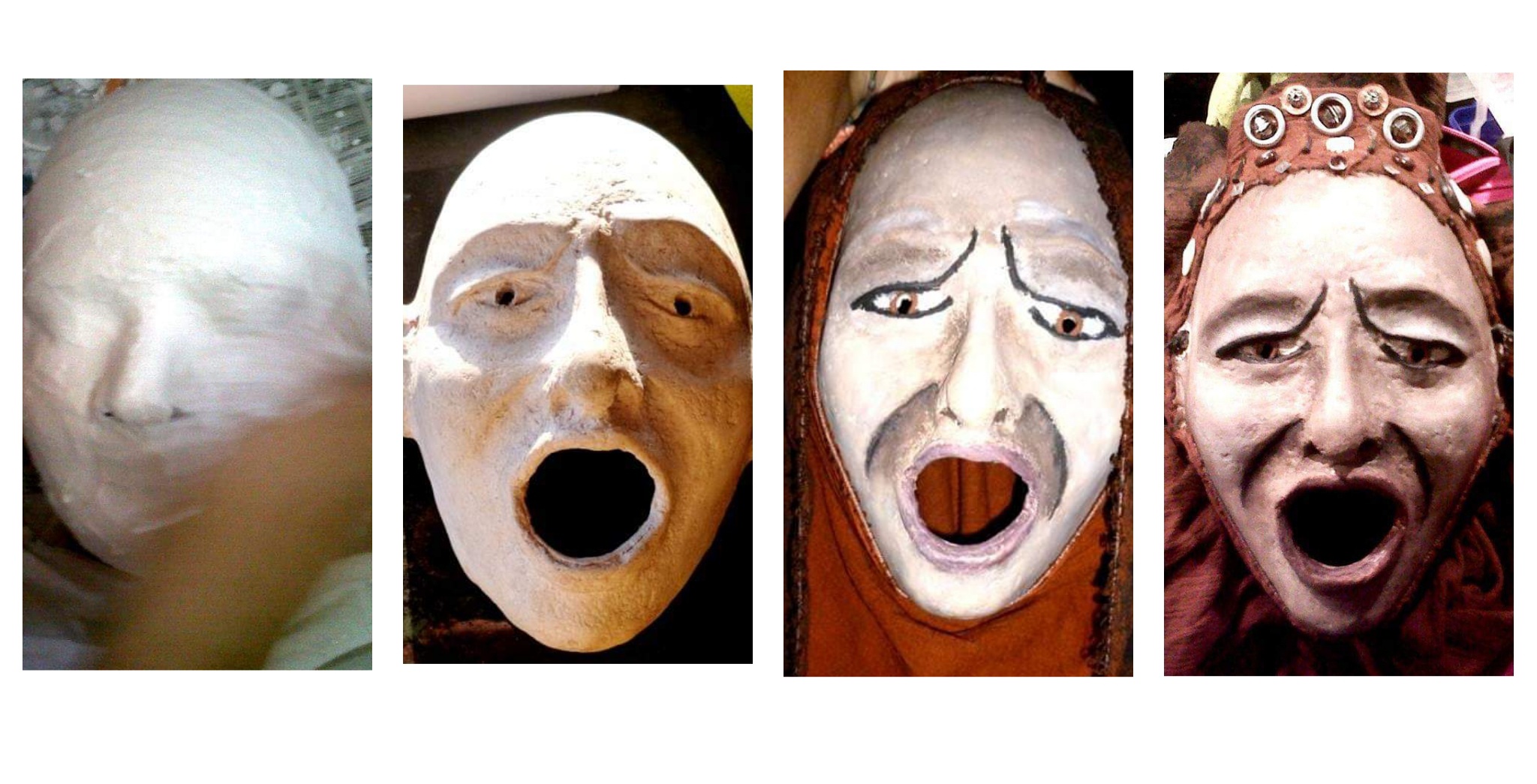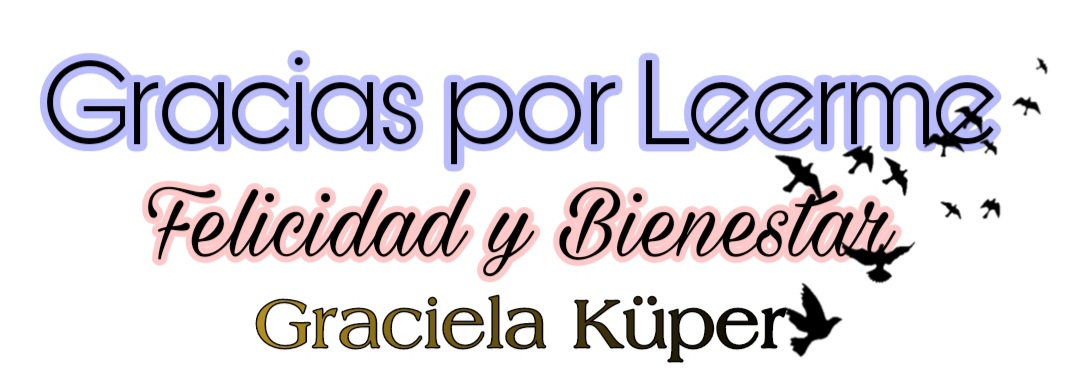
This time I want to talk to you about the masks in the theater, particularly the talking masks or Greek masks that I made for my artistic exhibition at the university. Each student made two masks, one for the main character and the other for the chorus. In my case, I had the character of Ismene, who is one of the daughters of the incestuous marriage of Oedipus and Jocasta, and therefore sister of Eteocles, Polynices and Antigone.
Thanks to the masks in this Dionysian era in the 6th century BC. the actors could also play various roles, the distant audience could better see their expression. In a short time the Greek theatrical representations were divided into three very different types: Tragedy, Comedy and Satirical Drama.

Las máscaras femeninas eran usadas por los hombres para interpretar a las mujeres, ya que las mujeres no tenían permitido actuar en estos eventos teatrales. Al igual que el coro, la máscara es un rasgo del drama griego alejado a nuestra idea de interpretación teatral dramática en la actualidad. Esta característica también tiene su raíz en el ritual religioso. A pesar de su origen religioso, su uso sirvió para varios propósitos prácticos. Gracias a los distintos tipos de máscaras un actor puede representar dos papeles fácilmente. Las bocas de estas máscaras son muy abiertas, ya que las máscaras son bastante cerradas, gracias a esta abertura de la boca y con la ayuda de la proyección de la voz el sonido no se encajonará, sino que, más bien se escuchará bastante fuerte.
Las máscaras parlantes son realizadas con los siguientes materiales:
• Yeso en Polvo.
• Gasas de Yeso.
• Arcilla.
• Agua.
• Lija.
• Papel higiénico o aserrín.
• Pega blanca.
• Pinturas al frío, colores piel, morrones claros.
• Liga para la máscara.
• Tela para el Velo
• Todos los adornos que quieras colocarles, en mi caso fueron materiales reciclables.

Female masks were used by men to play women, as women were not allowed to perform at these theatrical events. Like the chorus, the mask is a feature of Greek drama far removed from our idea of dramatic theatrical performance today. This characteristic also has its roots in religious ritual. Despite its religious origin, its use served several practical purposes. Thanks to the different types of masks an actor can easily play two roles. The mouths of these masks are very open, since the masks are quite closed, thanks to this opening of the mouth and with the help of the projection of the voice, the sound will not be boxed in, but rather it will be heard quite loud.
The talking masks are made with the following materials:
• Gypsum Powder.
• Gypsum gauze.
• Clay.
• Water.
• Sandpaper.
• Toilet paper or sawdust.
• White glue.
• Cold paints, skin colors, light bells.
• League for the mask.
• Fabric for the Veil
• All the decorations you want to put on them, in my case they were recyclable materials.

El proceso de creación de las máscaras es bastante extenso, ya que primero se debe cubrir la cara con gasas de yeso para crear el vacío (en el vacío se vierte la preparación de yeso en polvo con agua) donde harás tu molde de yeso, y con ese molde esculpirás en arcilla tu cara, con todas tus facciones, luego con una masa de papel maché (papel higiénico y pega blanca ) vuelves a esculpir tu cara, esta vez es más que todo adherir esta masa a la arcilla esculpida, y sucesivamente dejarla secar y llevarla al horno, luego de sacarla del horno se debe lijar y dejar la máscara lo más lisa posible, además de esto por dentro de la máscara se colocan unas esponjas, y se hace un buen acabado para que no lastime la cara en ningún momento, también se coloca la liga de una manera especial para que la máscara no se caiga en ningún momento, después se pinta la máscara, se maquilla, y se coloca el velo que es parte del vestuario de los personajes griegos, y de último con tu creatividad decoras tu personaje con cualquier material, esto puede durar semanas, o meses, dependiendo de cómo sea tu proceso, para mí esa experiencia fue como hacer una escultura, fue terapéutico y en ocasiones frustrante ya que aprendí sobre la marcha y debíamos tener las máscaras listas para la presentación.
Toda esta creación es un ritual, estas máscaras fueron realizadas paralelo a los ensayos de la obra, es decir la conexión que cada quien generó con sus máscaras fue bastante interesante, nunca había esculpido una máscara y realizar la imagen de lo que sería mi personaje fortaleció la conexión energética y espiritual con mis personajes.
El trabajo con las máscaras es intenso e intuitivo, los hoyuelos de los ojos de las máscaras son mínimos, con ellos solo puedes mirar al frente, entonces el trabajo grupal es lo más importante cuando te enfrentas a una obra de tragedia griega, ya que el coro tiene una coreografía marcada y todo debe salir a la perfección, ahí no te puedes copiar de otro actor para ver cuál es el siguiente paso, ahí o te aprendes la coreografía del grupo o te la aprendes, y es importante mantener los sentidos bastantes activos y percibir cada gesto que se haga.
En la tragedia griega hay tres cosas importantes que se deben aprender, la creación de la o las máscaras, aprender el personaje conjuntamente con el texto, y por último y no menos importante la manipulación de la máscara, es un proceso lento, pero cuando tienes construida estas tres etapas la satisfacción que sientes de haber logrado este proceso creativo es muy gratificante e enriquecedor.
.jpg)
The process of creating the masks is quite extensive, since first the face must be covered with plaster gauze to create the vacuum (in the vacuum the powdered plaster preparation is poured with water) where you will make your plaster mold, and with that mold you will sculpt your face in clay, with all your features, then with a mass of papier-mâché (toilet paper and white glue) you will sculpt your face again, this time it is most of all to adhere this mass to the sculpted clay, and successively let it dry and take it to the oven, after taking it out of the oven it should be sanded and the mask as smooth as possible, in addition to this, sponges are placed inside the mask, and a good finish is made so that it does not hurt the face in At no time, the garter is also placed in a special way so that the mask does not fall at any time, then the mask is painted, makeup is put on, and the veil is placed that is part of the costumes of the Greek characters, and finally with your creativity you decorate your person Age with any material, this can last weeks, or months, depending on how your process is, for me that experience was like making a sculpture, it was therapeutic and sometimes frustrating since I learned on the fly and we had to have the masks ready for the presentation.
All this creation is a ritual, these masks were made parallel to the rehearsals of the work, that is, the connection that each one generated with their masks was quite interesting, I had never sculpted a mask and making the image of what would be my character strengthened the energetic and spiritual connection with my characters.
The work with the masks is intense and intuitive, the dimples of the eyes of the masks are minimal, with them you can only look straight ahead, so group work is the most important when you are faced with a Greek tragedy work, since the The choir has a marked choreography and everything must go perfectly, there you cannot copy from another actor to see what the next step is, there either you learn the choreography of the group or you learn it, and it is important to keep your senses quite active and perceive every gesture that is made.
In the Greek tragedy there are three important things that must be learned, the creation of the mask (s), learning the character together with the text, and last but not least the manipulation of the mask, it is a slow process, but when you have Once these three stages have been built, the satisfaction you feel from having achieved this creative process is very rewarding and enriching.



Congratulations @gracielakuper! You have completed the following achievement on the Hive blockchain and have been rewarded with new badge(s) :
Your next payout target is 100 HP.
The unit is Hive Power equivalent because your rewards can be split into HP and HBD
You can view your badges on your board and compare yourself to others in the Ranking
If you no longer want to receive notifications, reply to this comment with the word
STOPYo quiero una máscara de esas, será que se puede?
Me encantó esta publicación, como ya te dije, me gustaría tener una máscara de mi propia cara utilizando la técnica que describes aquí en la publicación.
Saludos y el mejor de los éxitos.
Es muy detallado tu post con respecto al desarrollo de estas máscaras, se debe tener mucha destreza ara poder manipular las lijas y mantener la arcilla, y el material, asi como no afectar el modelo excelente!!
está muy bueno este contenido, sobre todo la reseña histórica y también las imágenes cercanas de los gestos de las máscaras que transmiten sentimientos confusos, me imagino esa versatilidad de meterse en la psique de encarnarlos, sobre todo con la expresion corporal, al ser inmutbles de sus semblantes. Se nota que te apasiona todo lo relacionado con el escenario.
Esta genial tu contenido felicidades y bienvenida a Hive, si tienes dudas de como puedes cobrar tus Hive a bolivares puedes usar Orinoco.io para cambiar rapidamente entre las dos monedas ;D